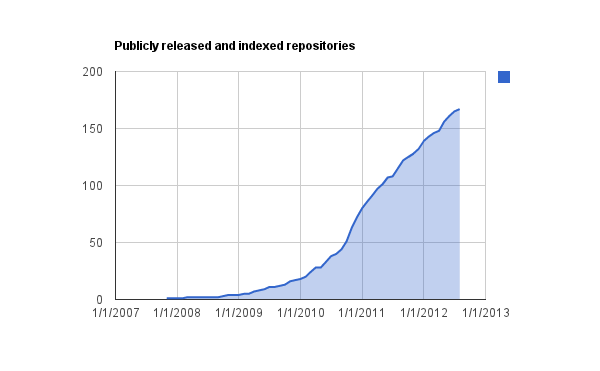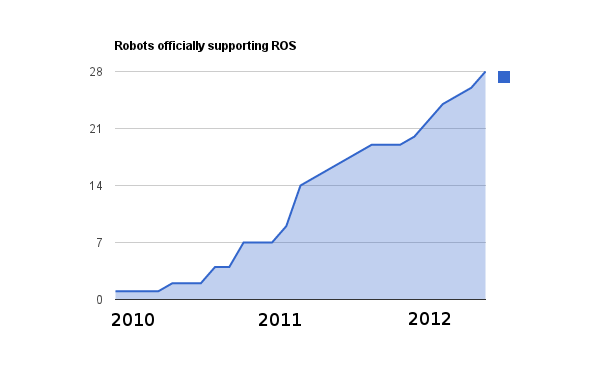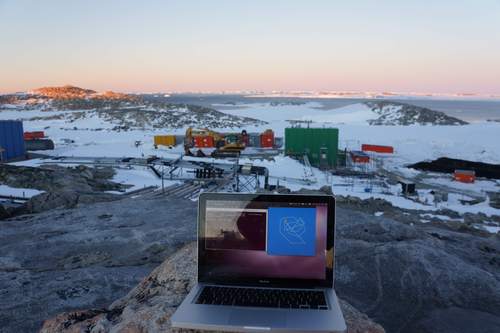In a major milestone for the open source robotics community, we’re proud to announce that we’re opening our first overseas office in Singapore. More details will be available soon, but Open Robotics is joining the growing ranks of enthusiastic ROS and Gazebo developers in Singapore. We’re honored that this development was mentioned by Senior Minister of State Koh Poh Koon in his speech at the opening of the new LaunchPad Robotics Centre.
Dr. Morgan Quigley and Dr. Michael Grey will be the first employees working in the Singapore office. We will be hiring to grow the team as we work with local partners to continue the development and evangelism of ROS and Gazebo, as well as to focus on efforts around ROS 2. If you would like to join us in Singapore, please keep an eye out for local job openings.
According to our most recent metrics, half of the top ten countries of origin for visitors to the ROS wiki are in Asia, but it doesn’t take a mathematician (or a roboticist) to realize the importance of the Asia-Pacific market, particularly for robotics. Needless to say, we are very excited to be setting up shop in Singapore and look forward to sharing more information about our plans, partners and progress.
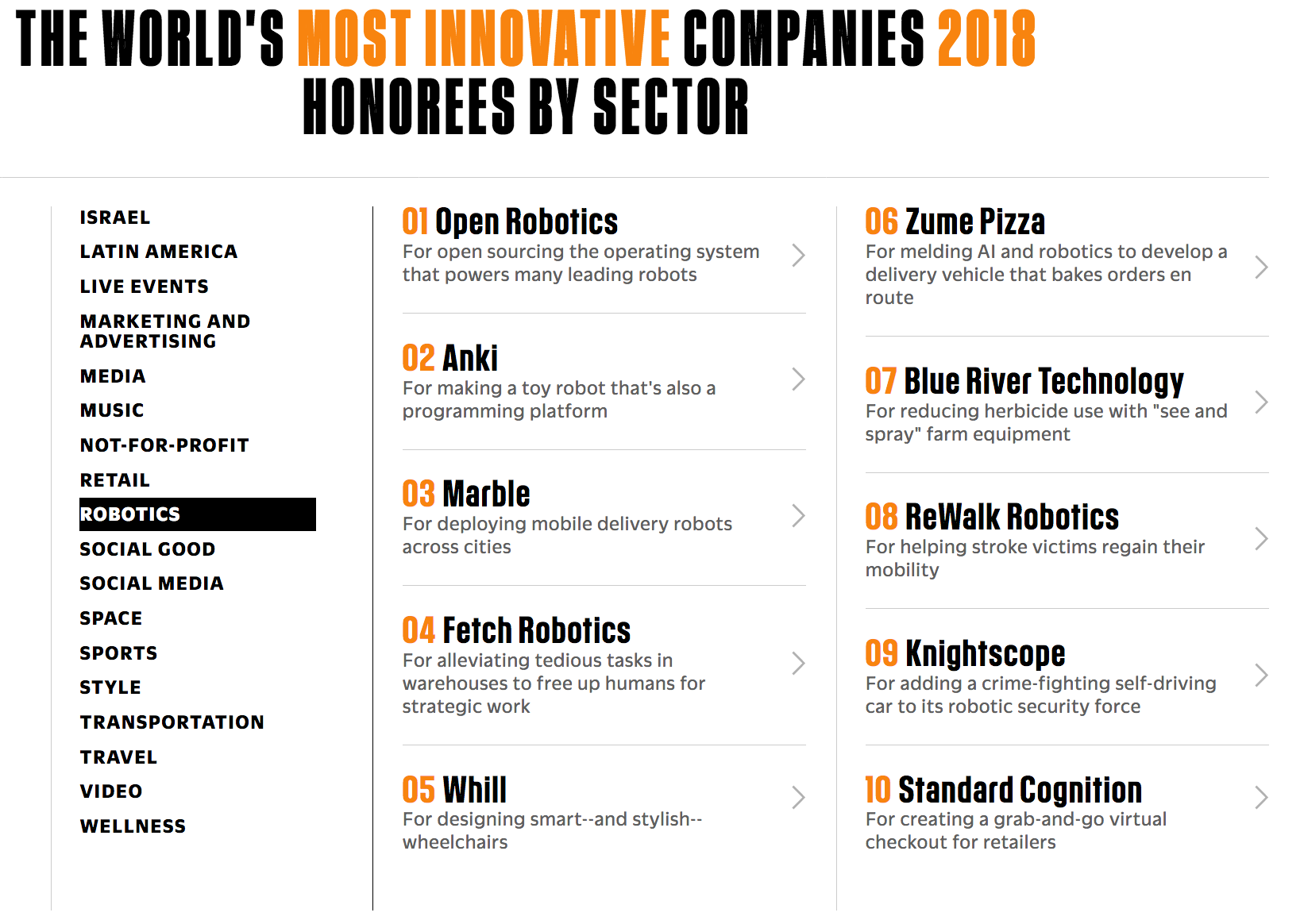

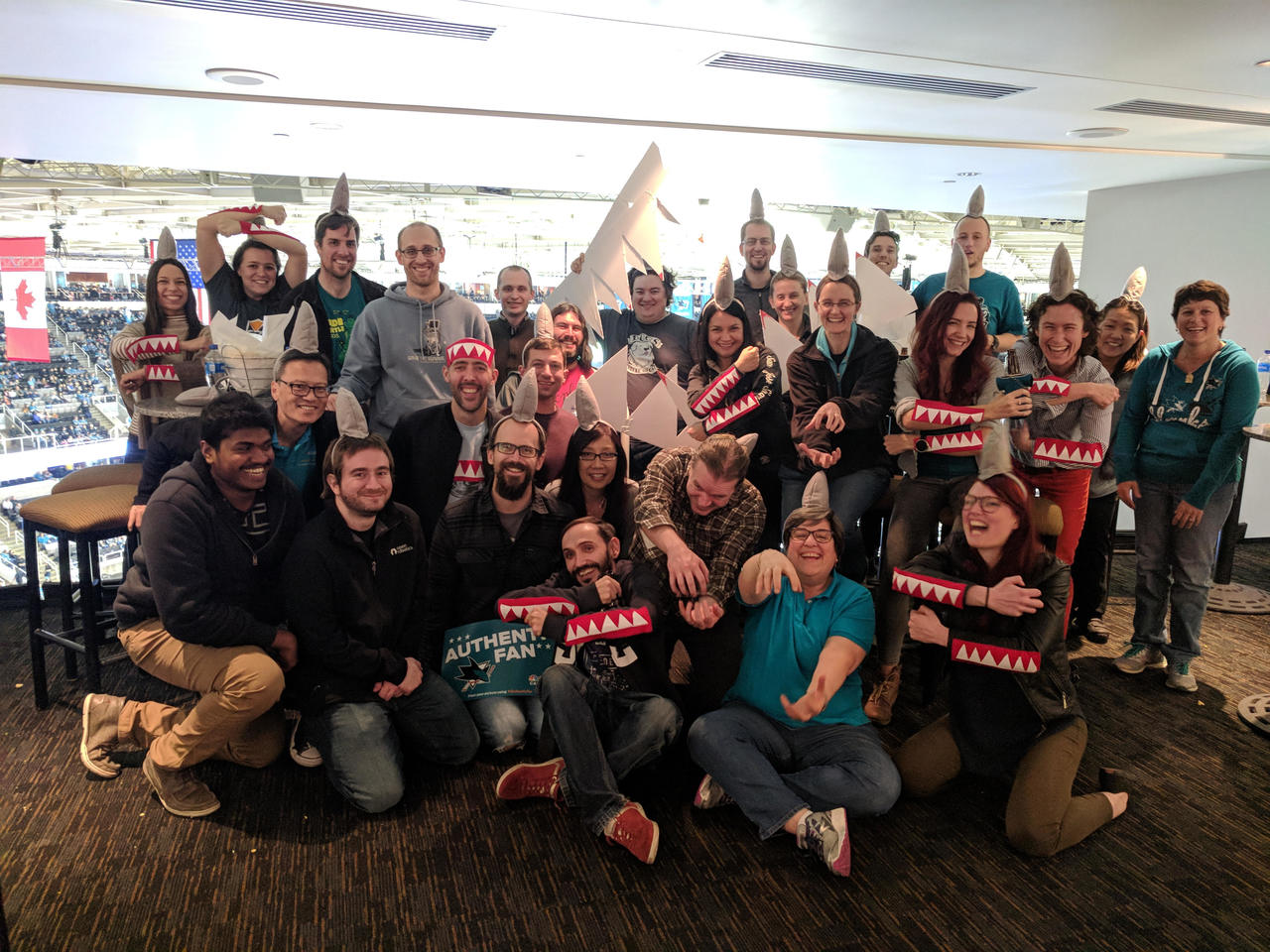
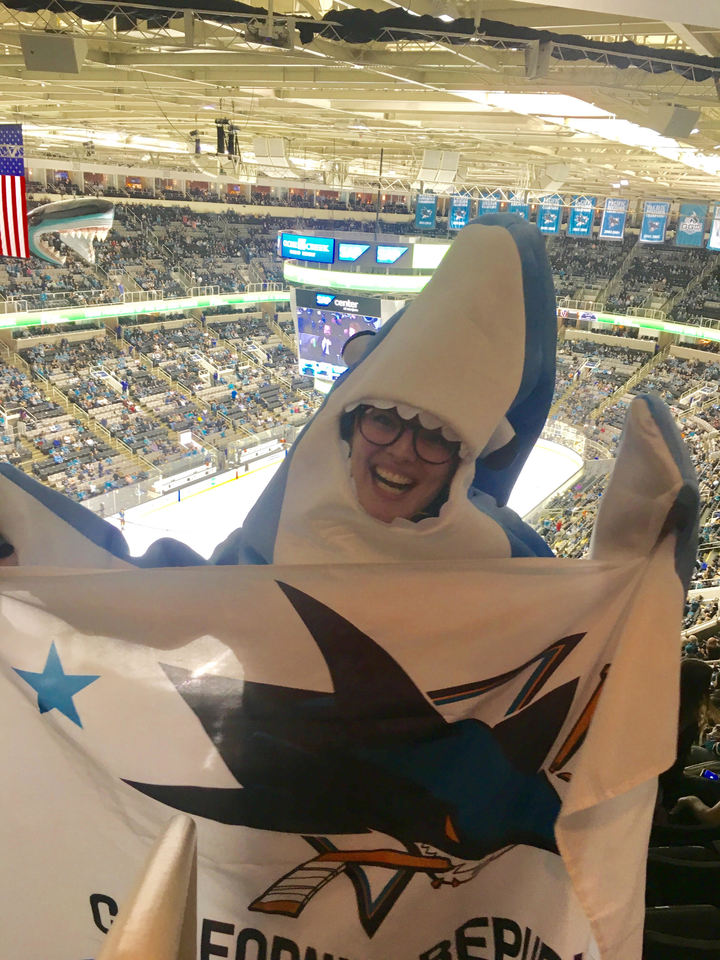
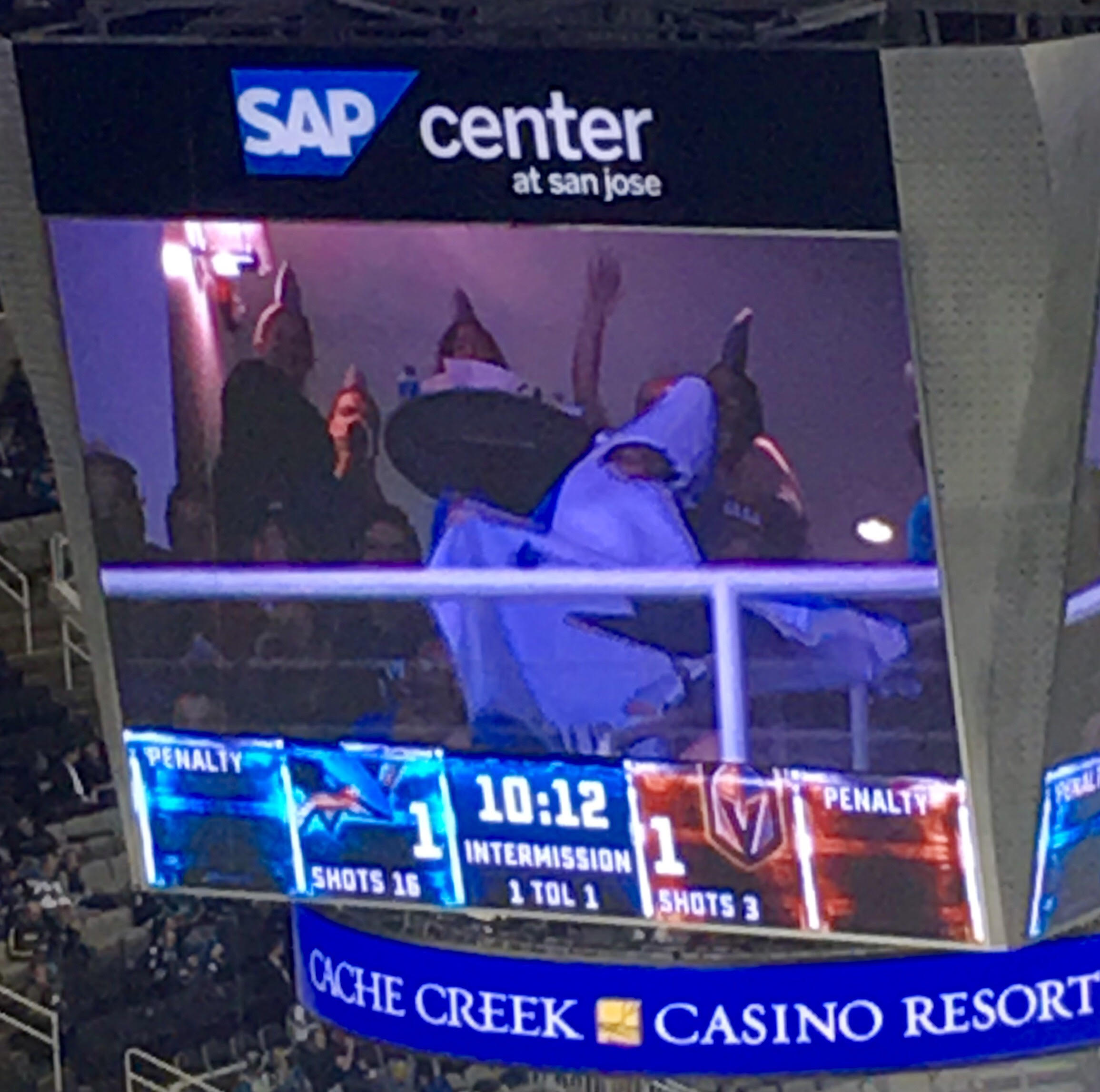
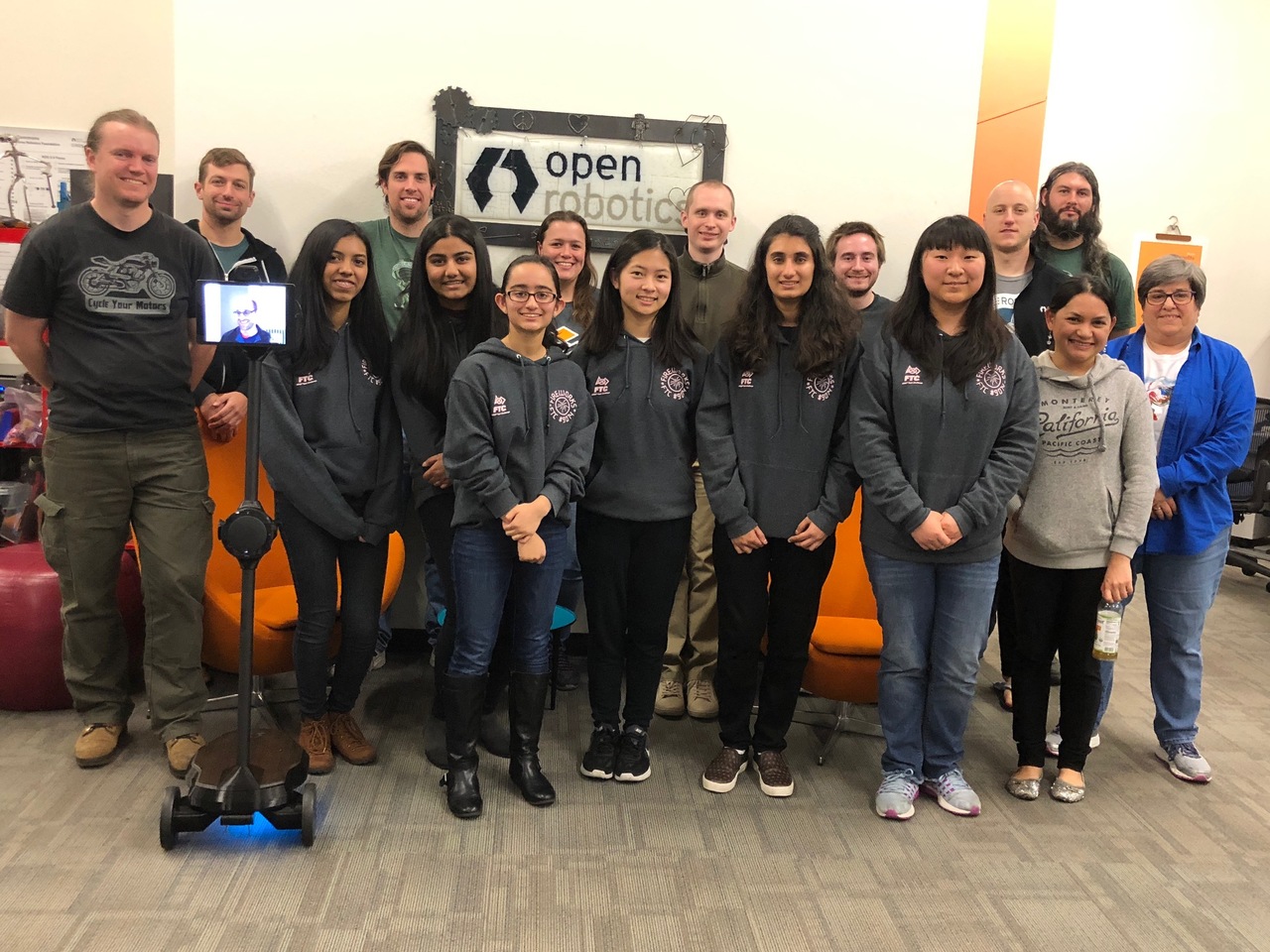
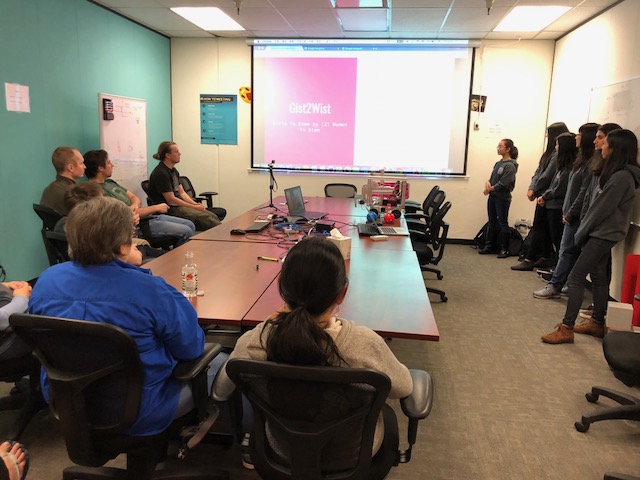
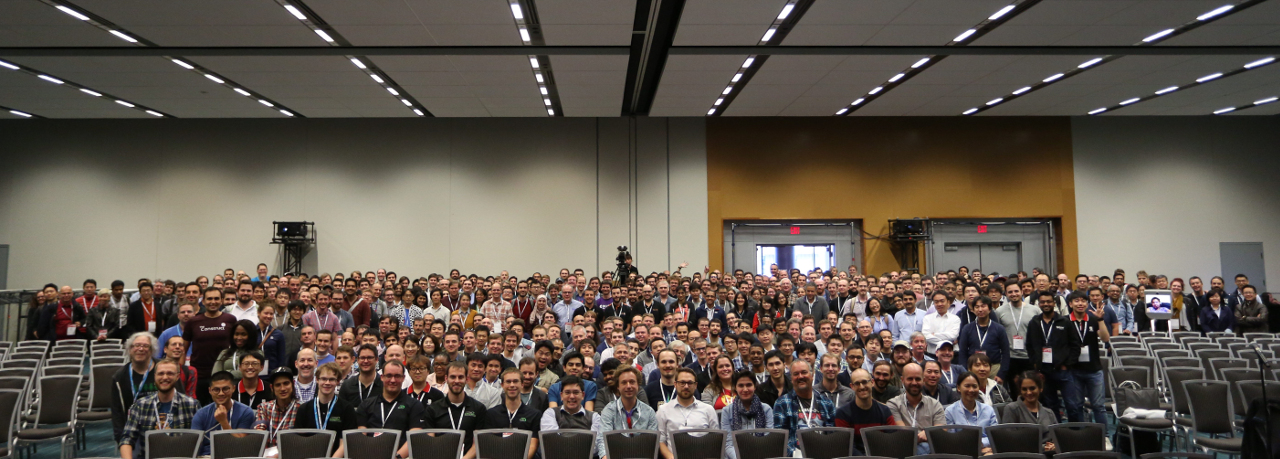
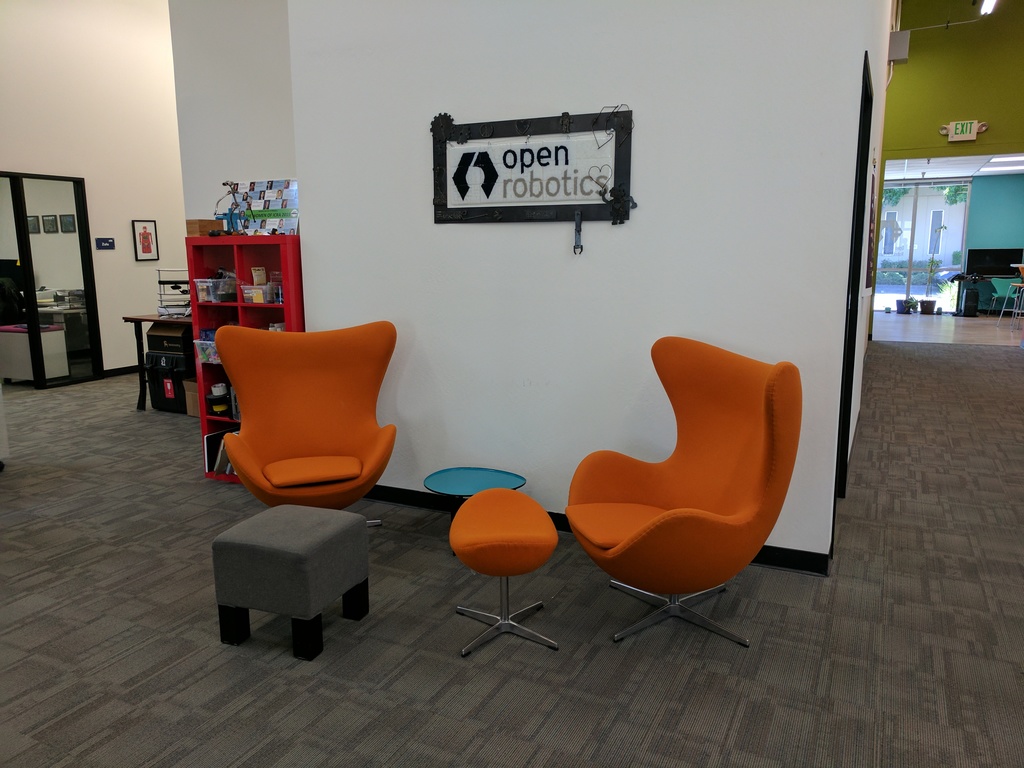
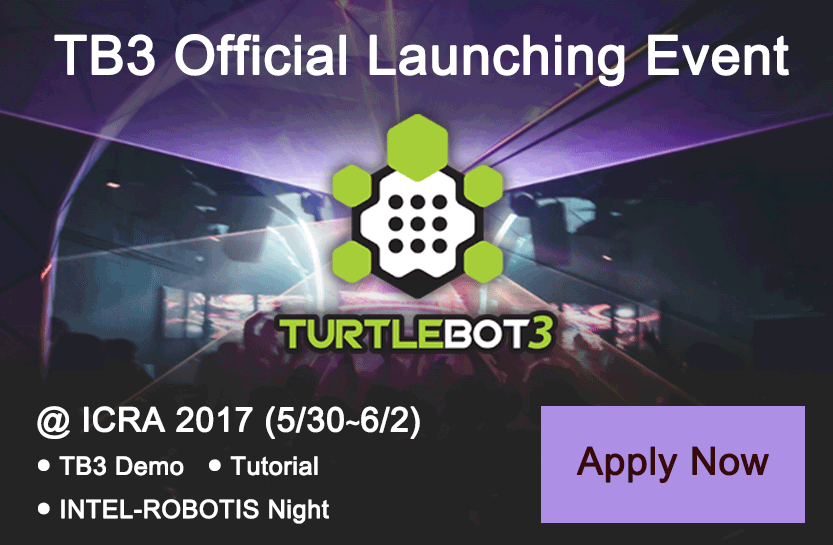
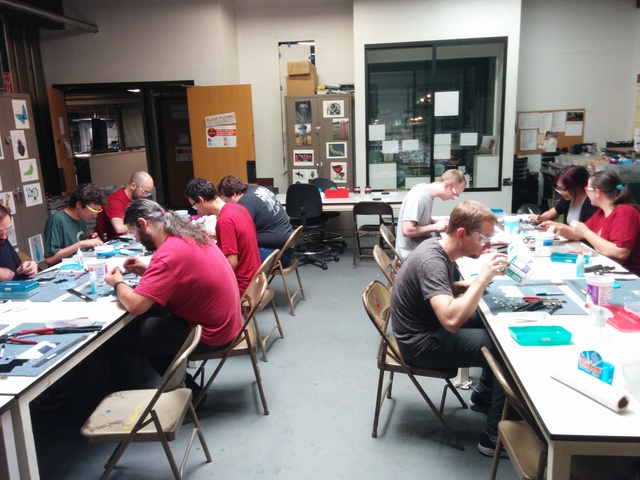
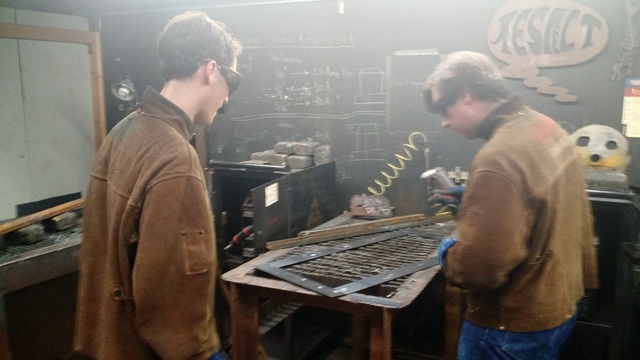
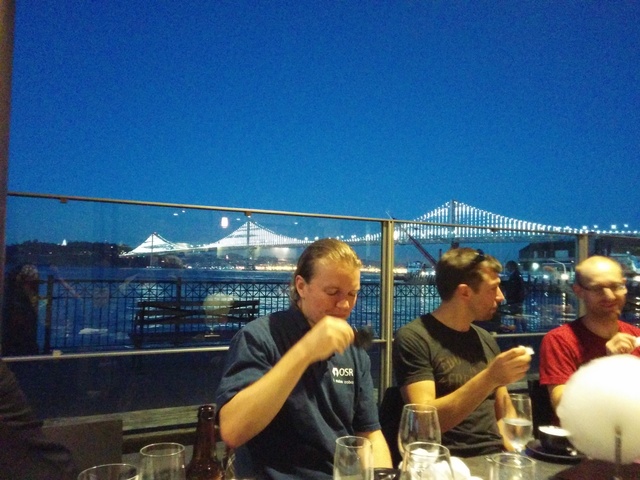

 We’re pleased to welcome
We’re pleased to welcome  We’re pleased to welcome
We’re pleased to welcome  We’re happy to welcome
We’re happy to welcome 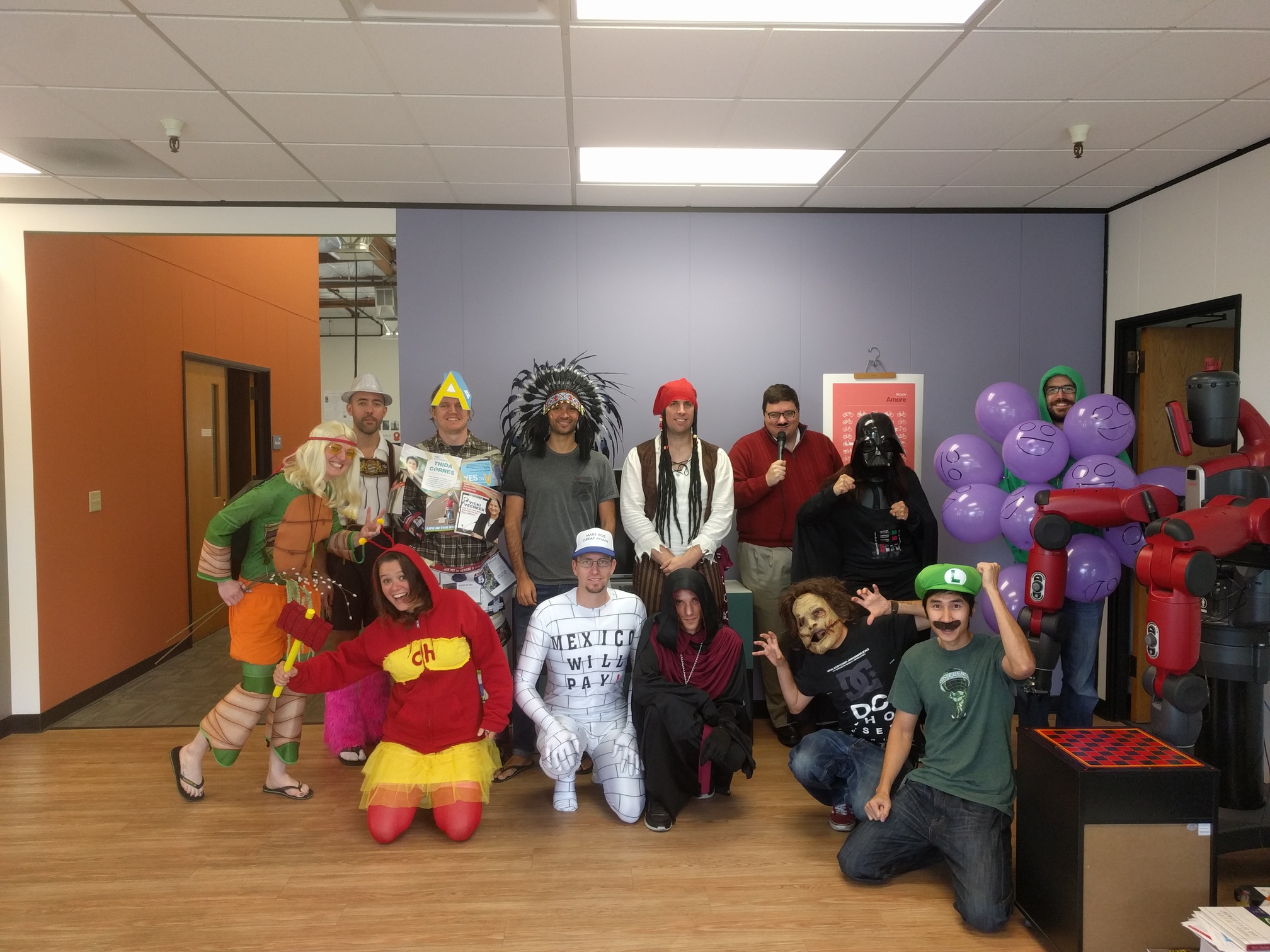
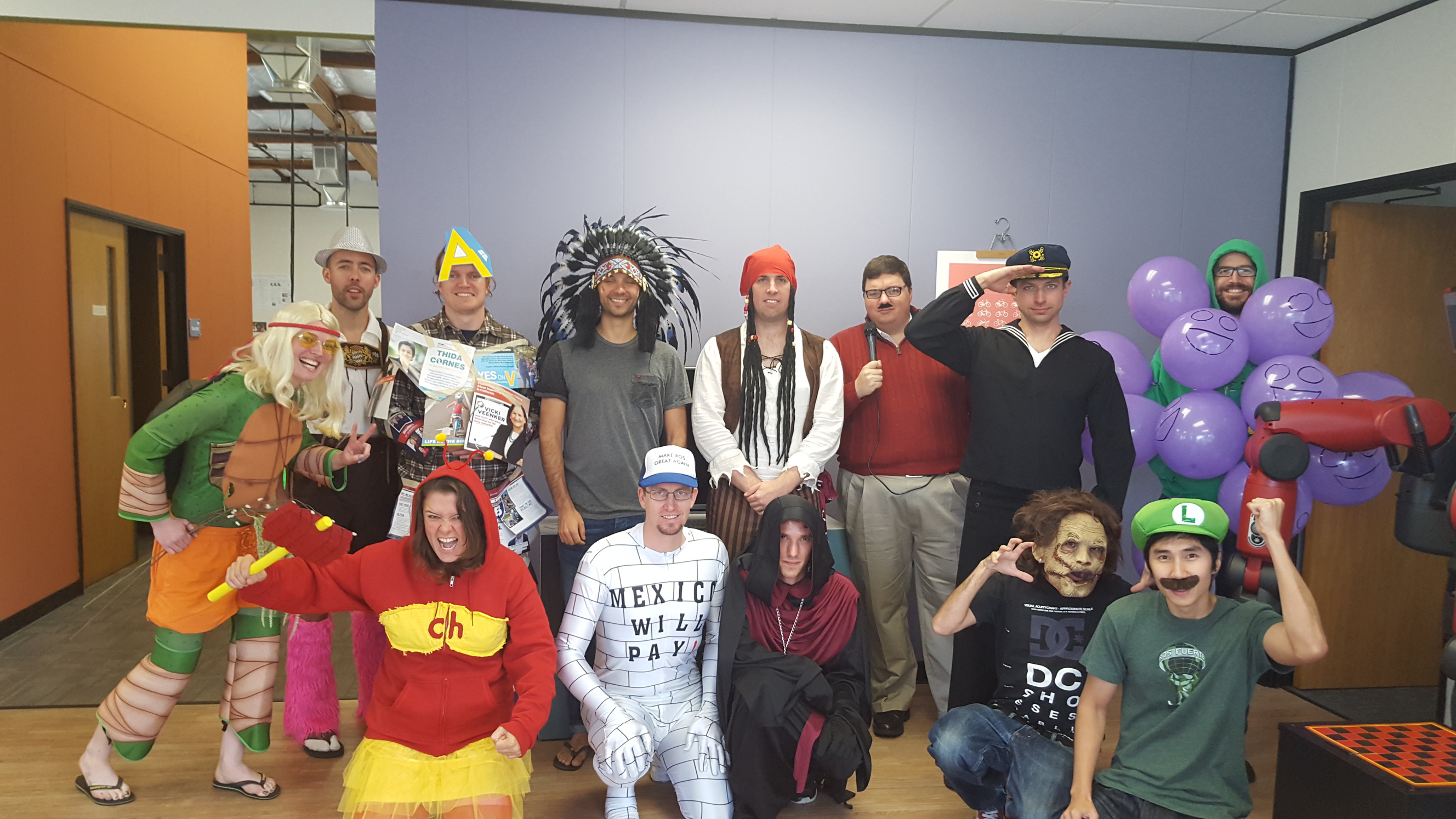

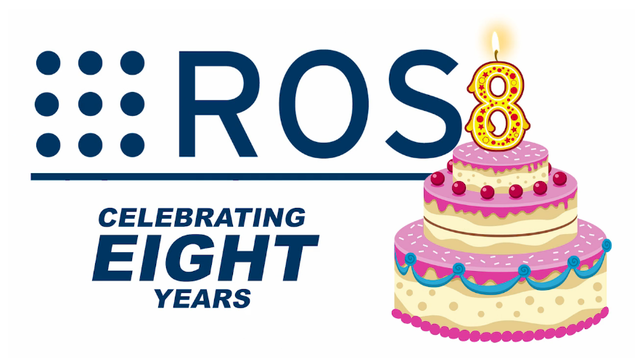
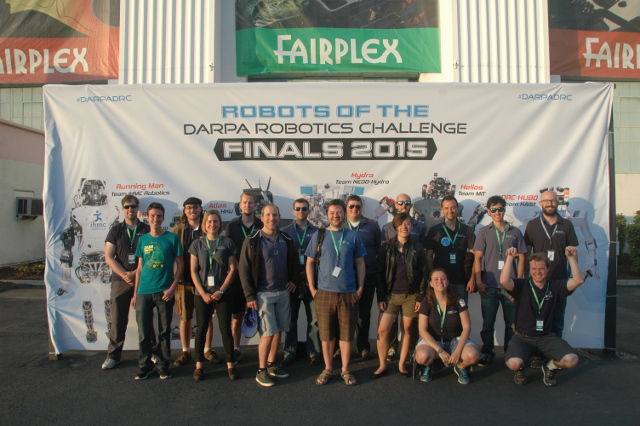
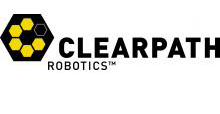
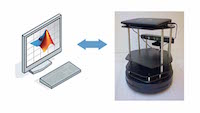 We
We  We’re pleased to announce that OSRF has joined the
We’re pleased to announce that OSRF has joined the  OSRF is pleased to welcome
OSRF is pleased to welcome 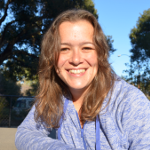 OSRF is pleased to welcome
OSRF is pleased to welcome  Toward the end of last year, we
Toward the end of last year, we 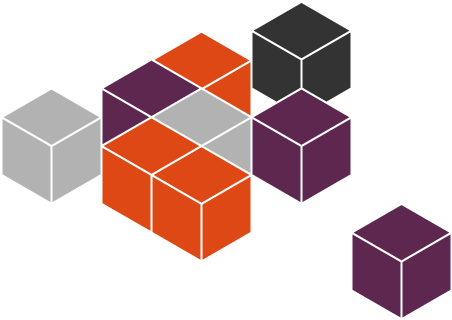 Ubuntu
Ubuntu  We’ve supported and relied on Ubuntu Linux since the beginning of the ROS project, and we’re excited to be part of this transition to a new Ubuntu-based app ecosystem.
We’ve supported and relied on Ubuntu Linux since the beginning of the ROS project, and we’re excited to be part of this transition to a new Ubuntu-based app ecosystem.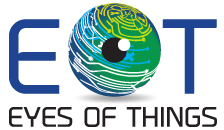
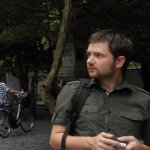 OSRF is pleased to welcome
OSRF is pleased to welcome 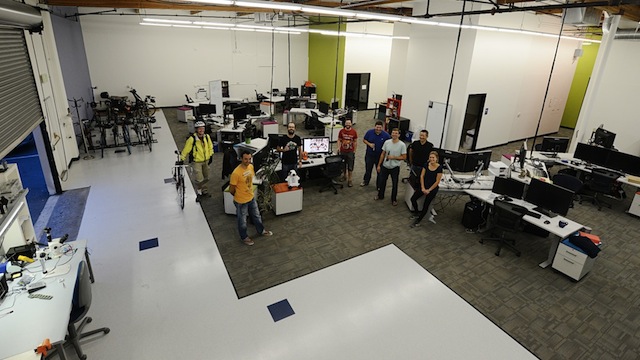
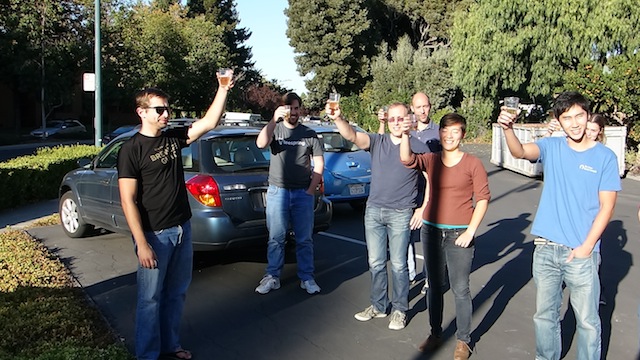
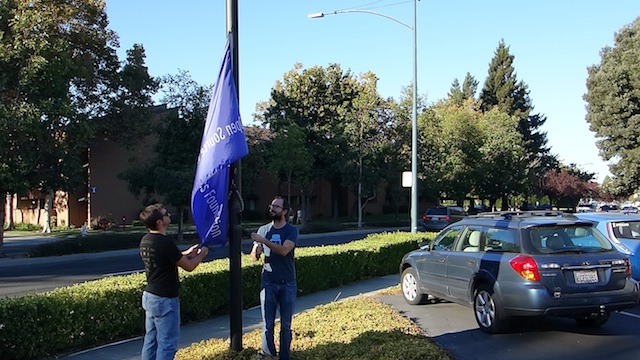
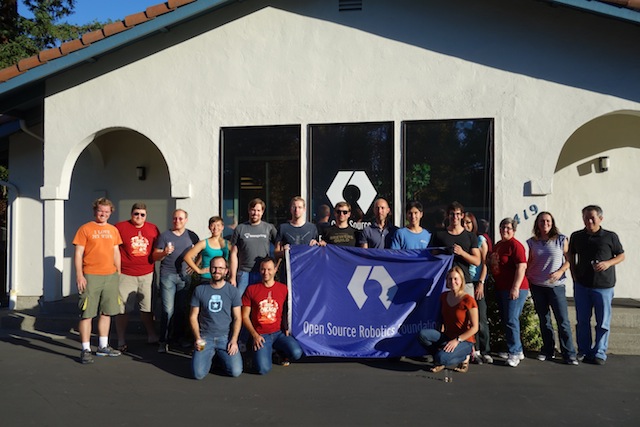
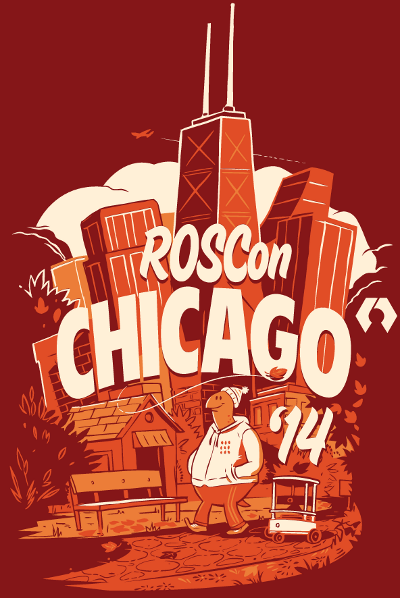
 OSRF is pleased to welcome
OSRF is pleased to welcome 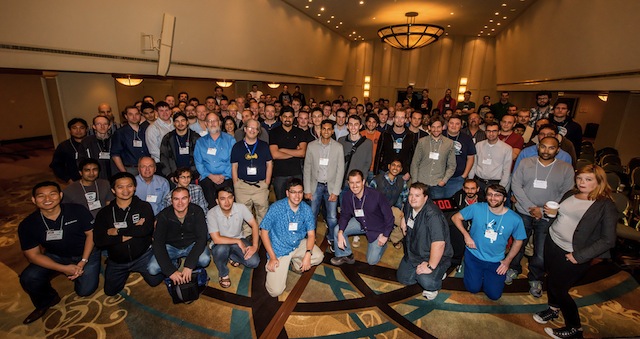
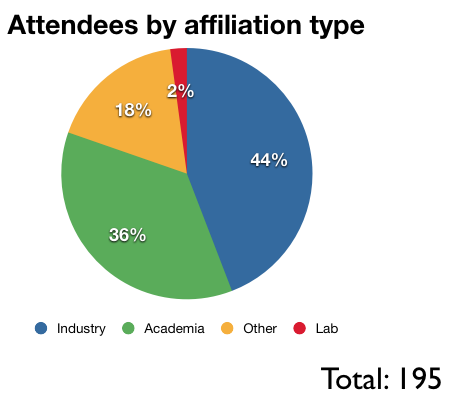
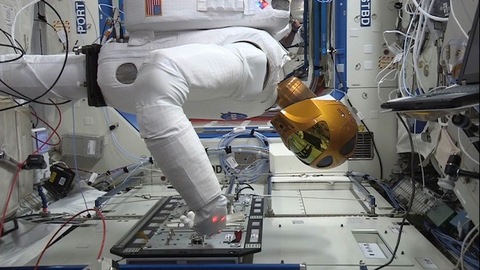
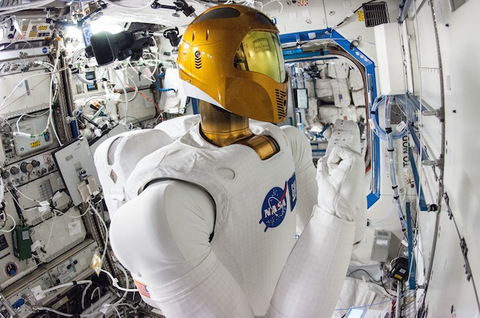
























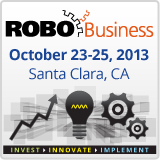


































.jpg)




